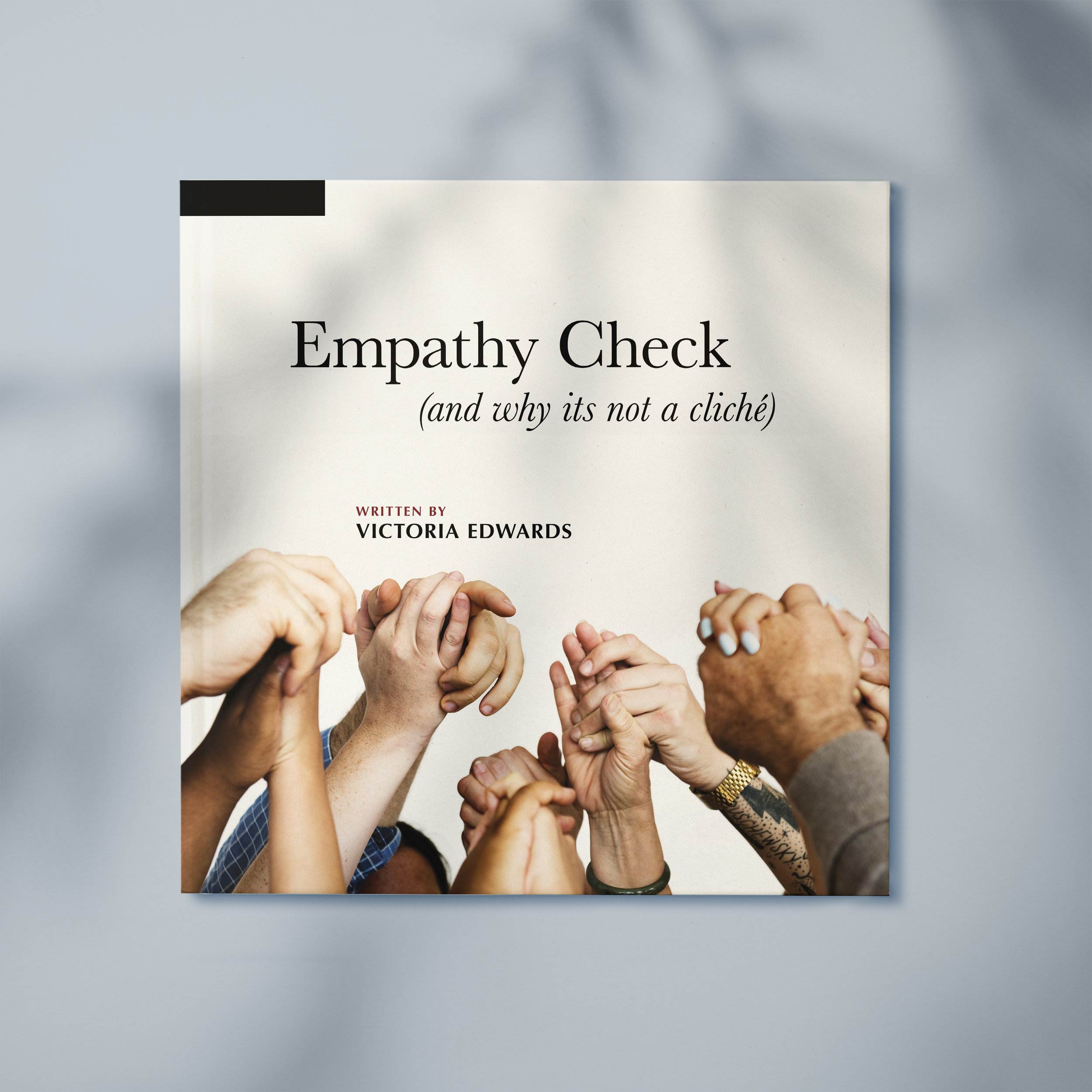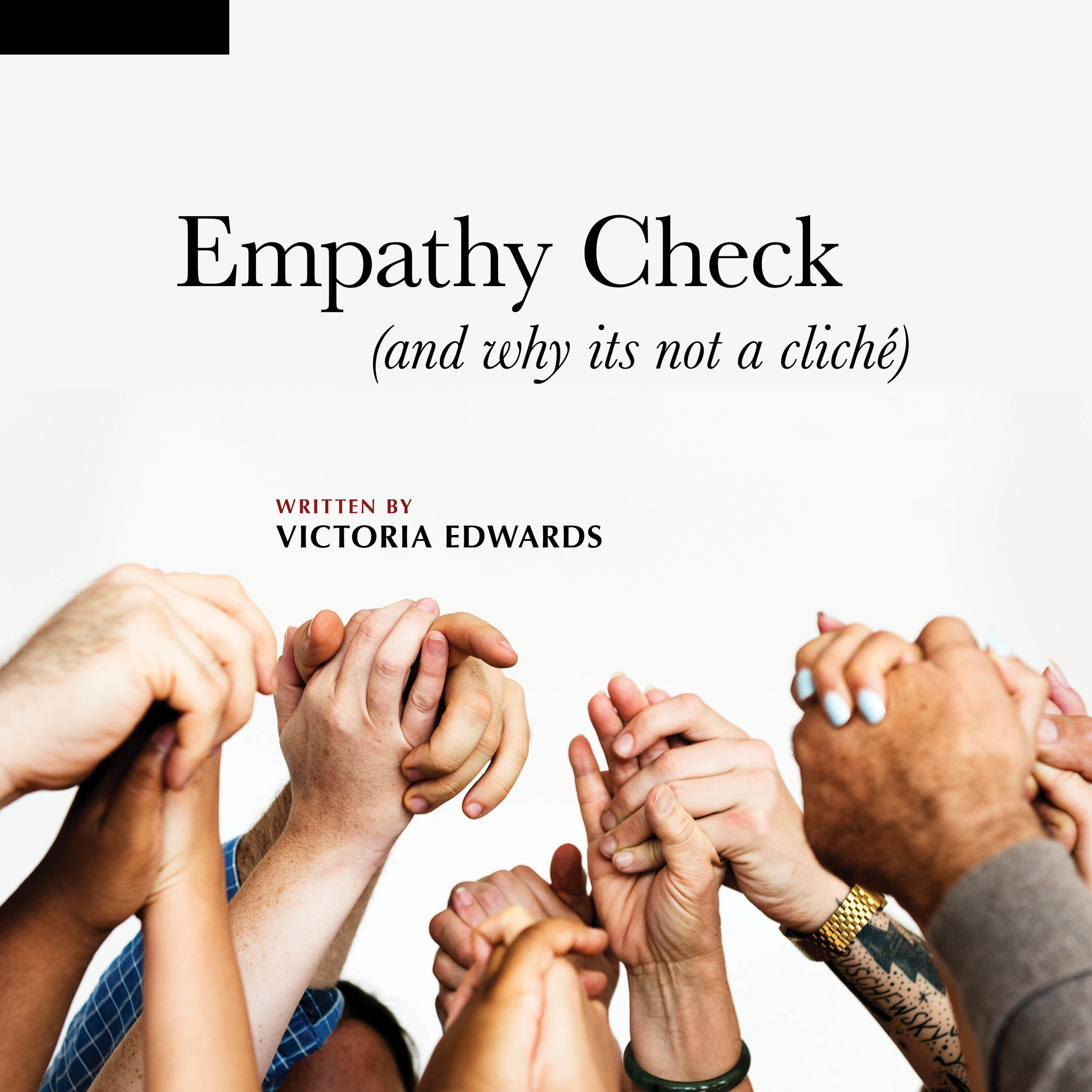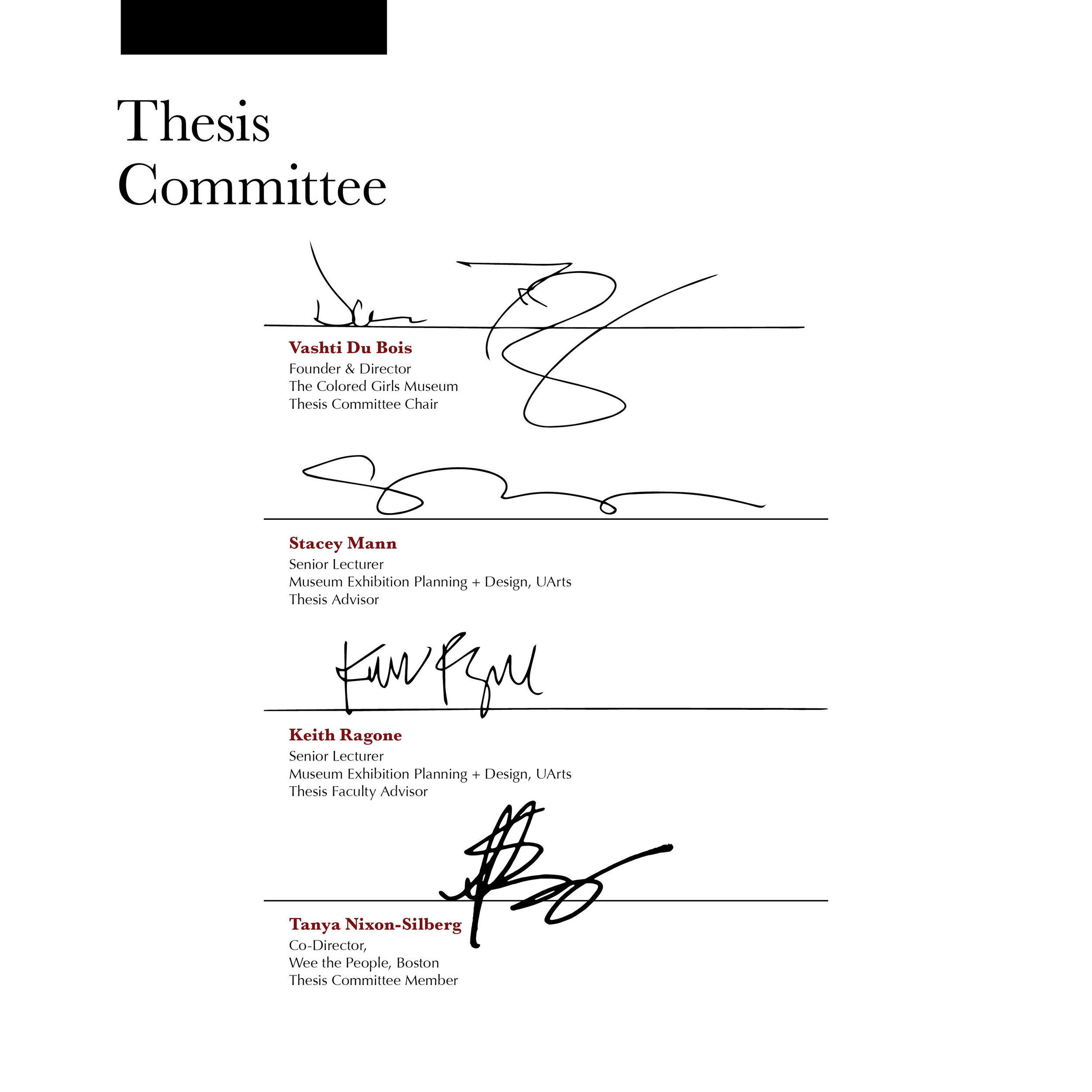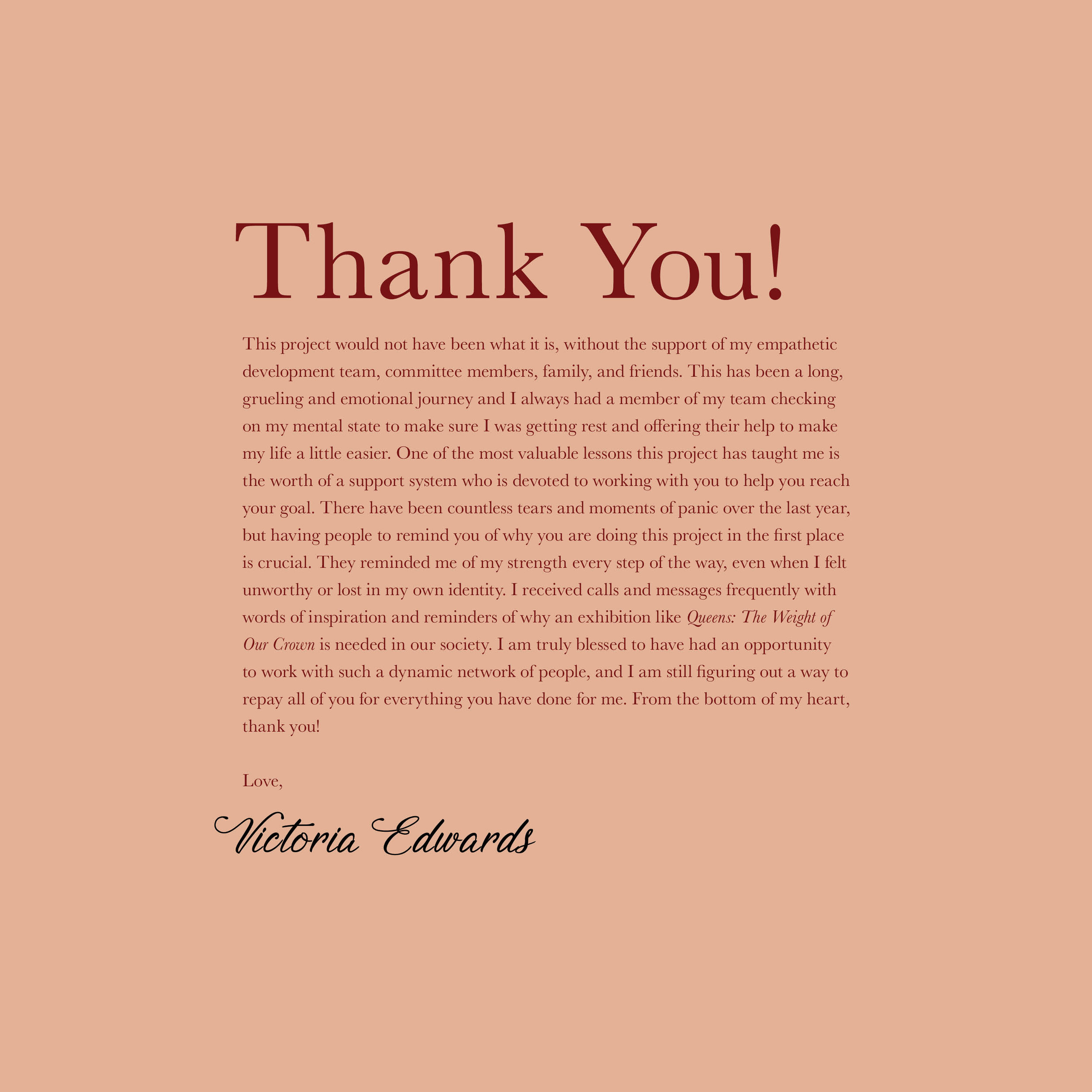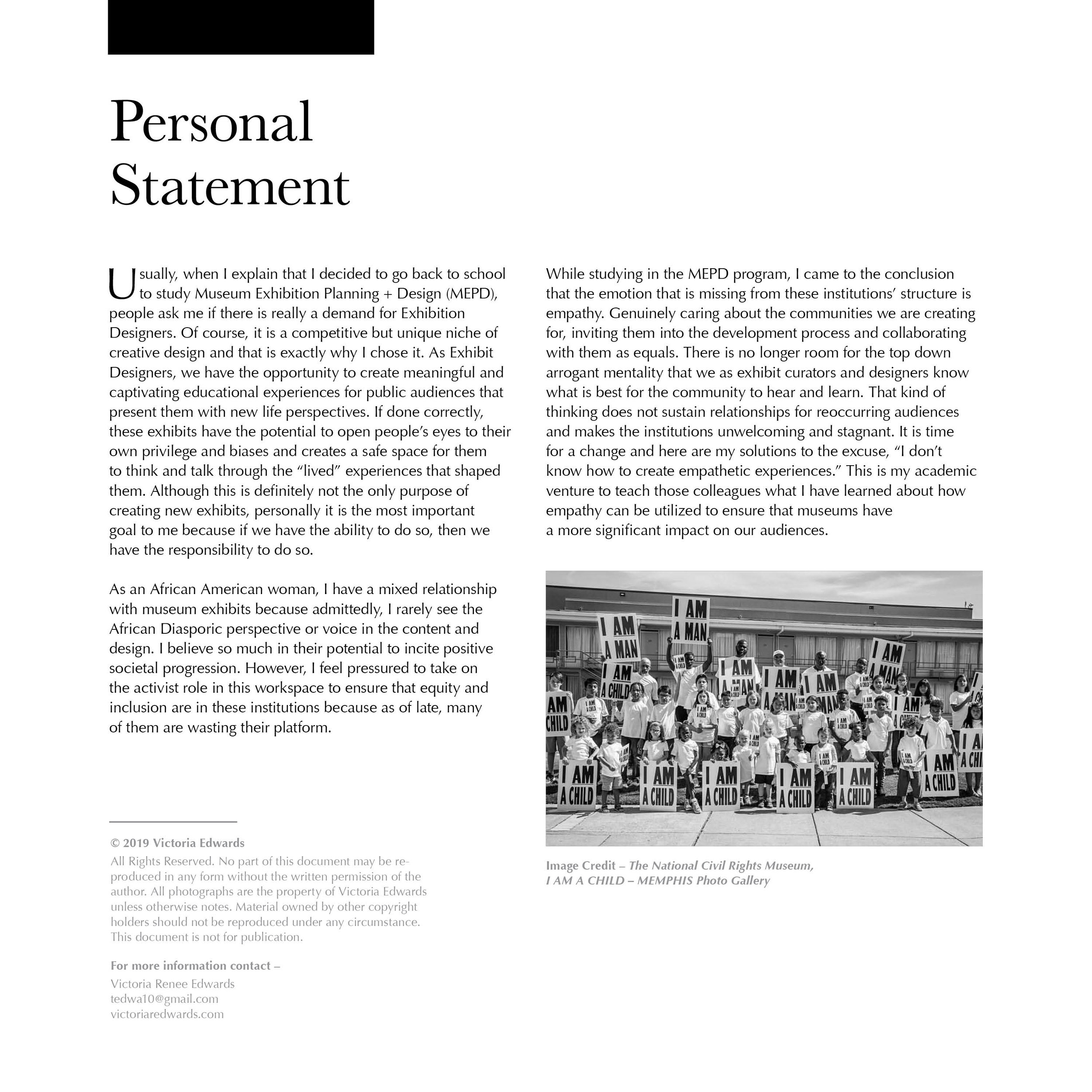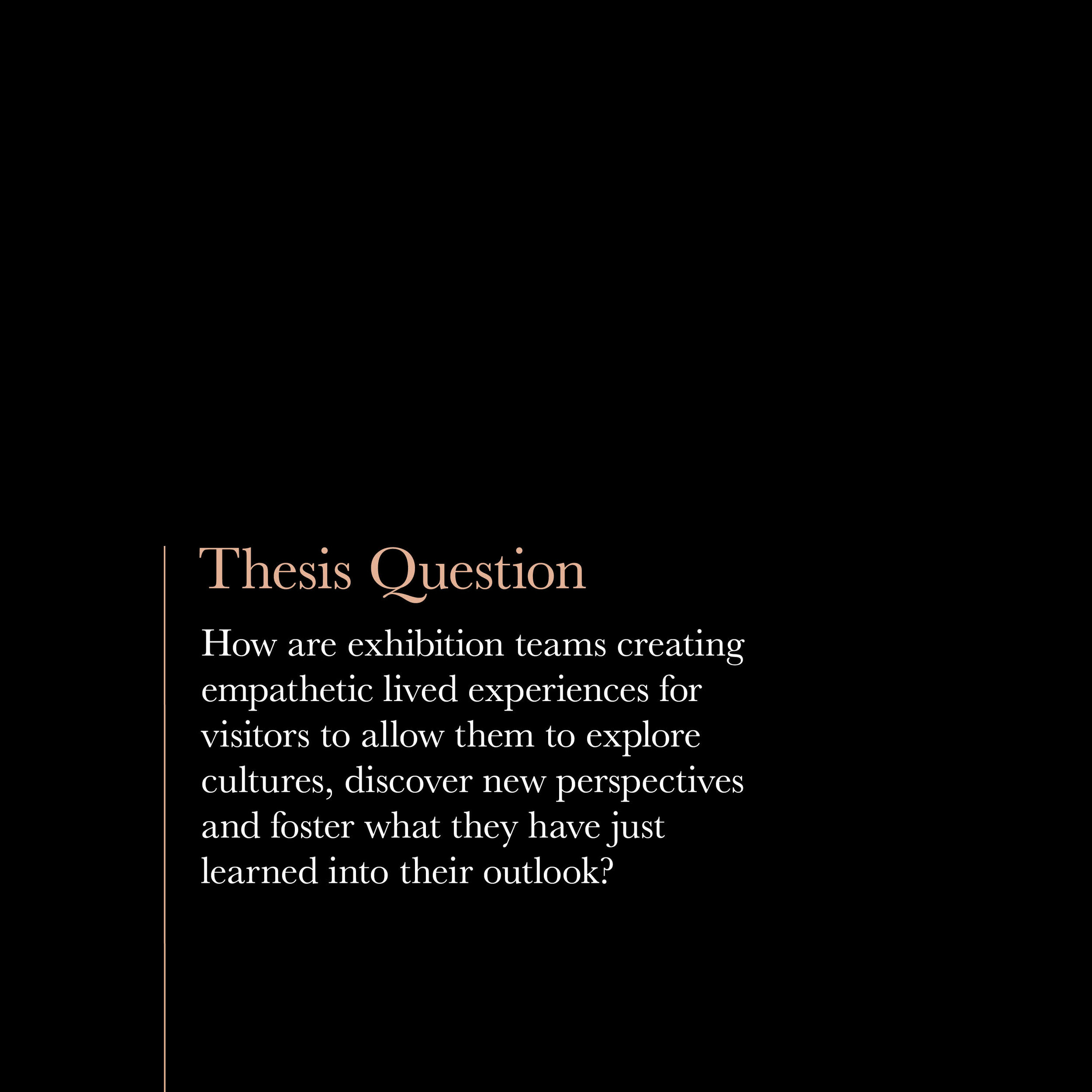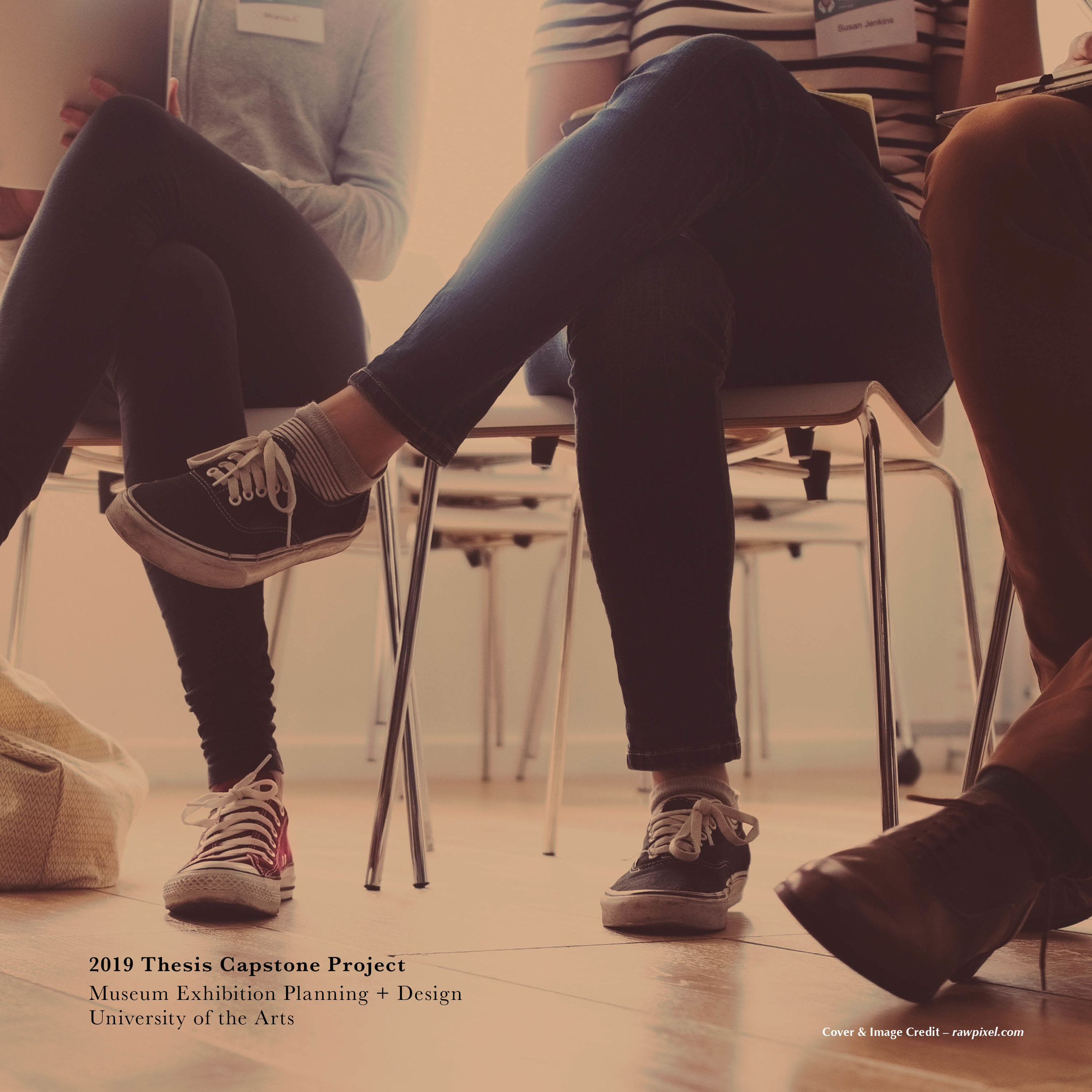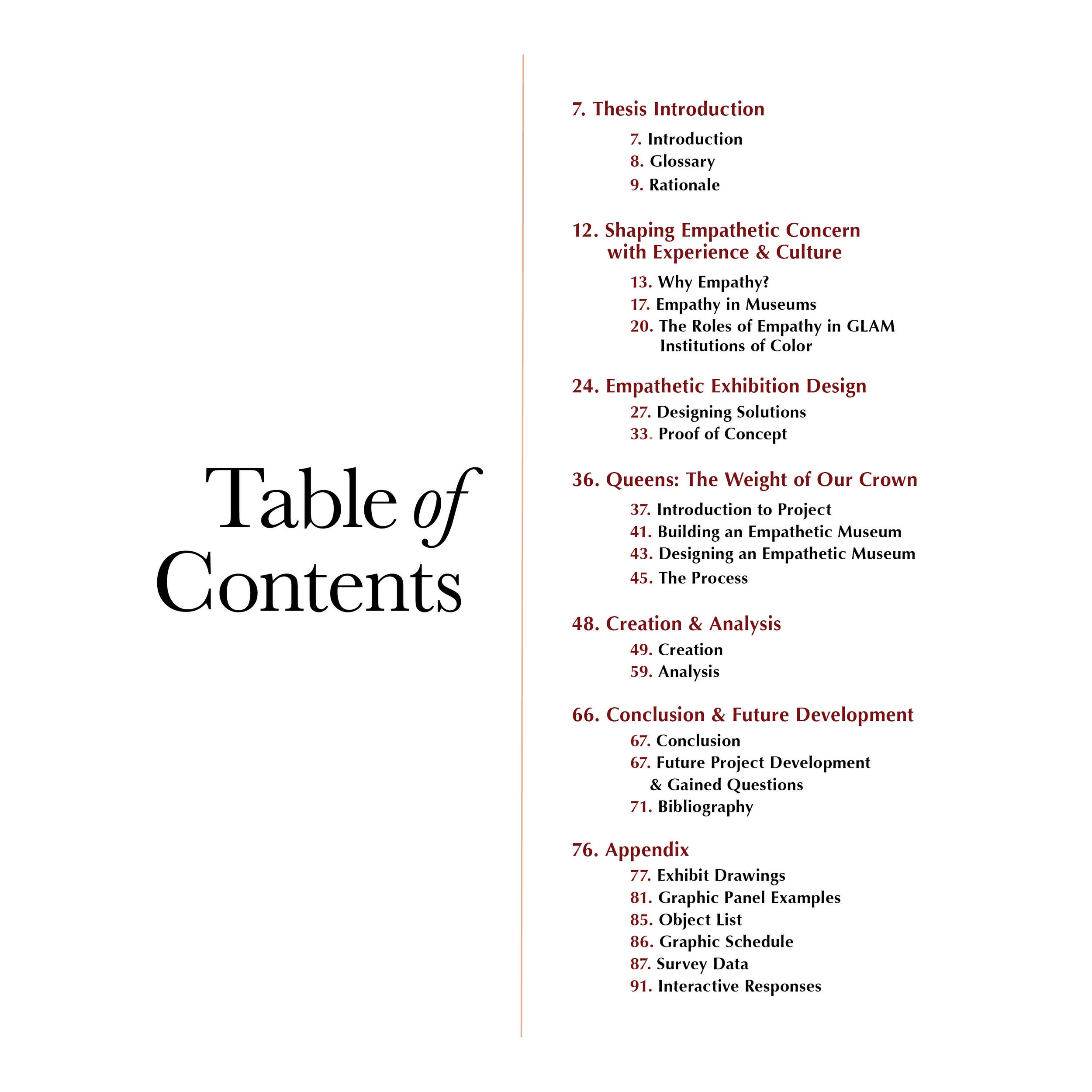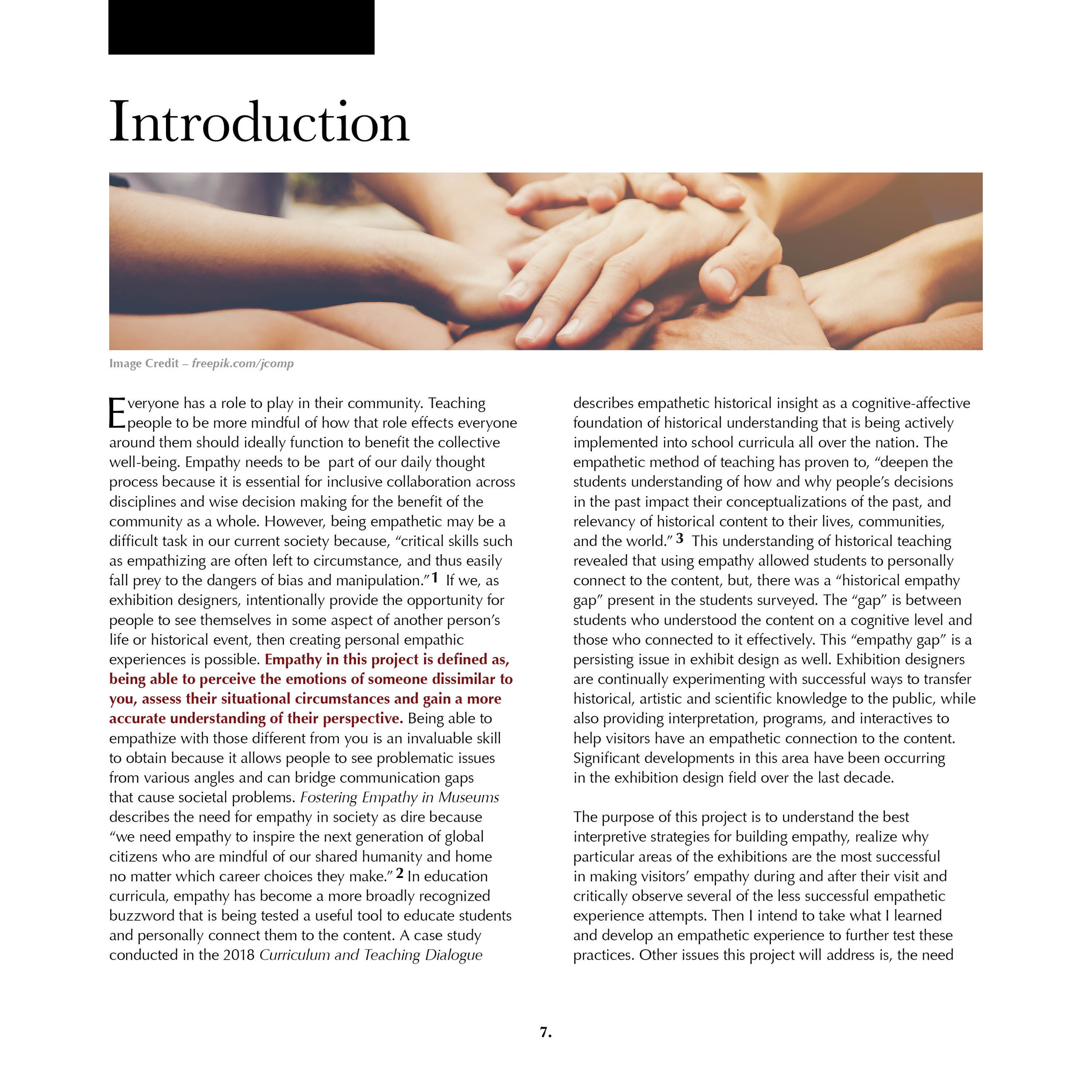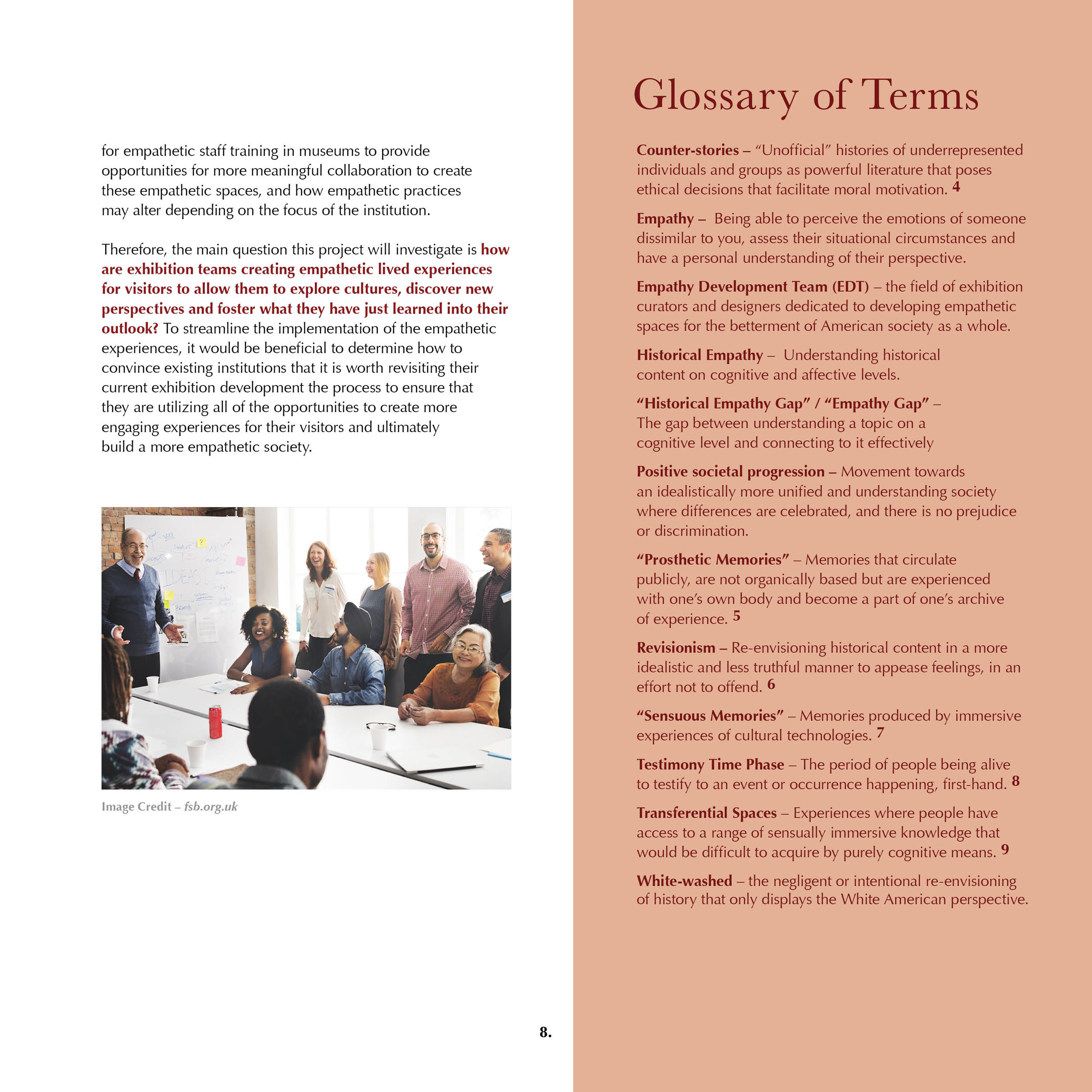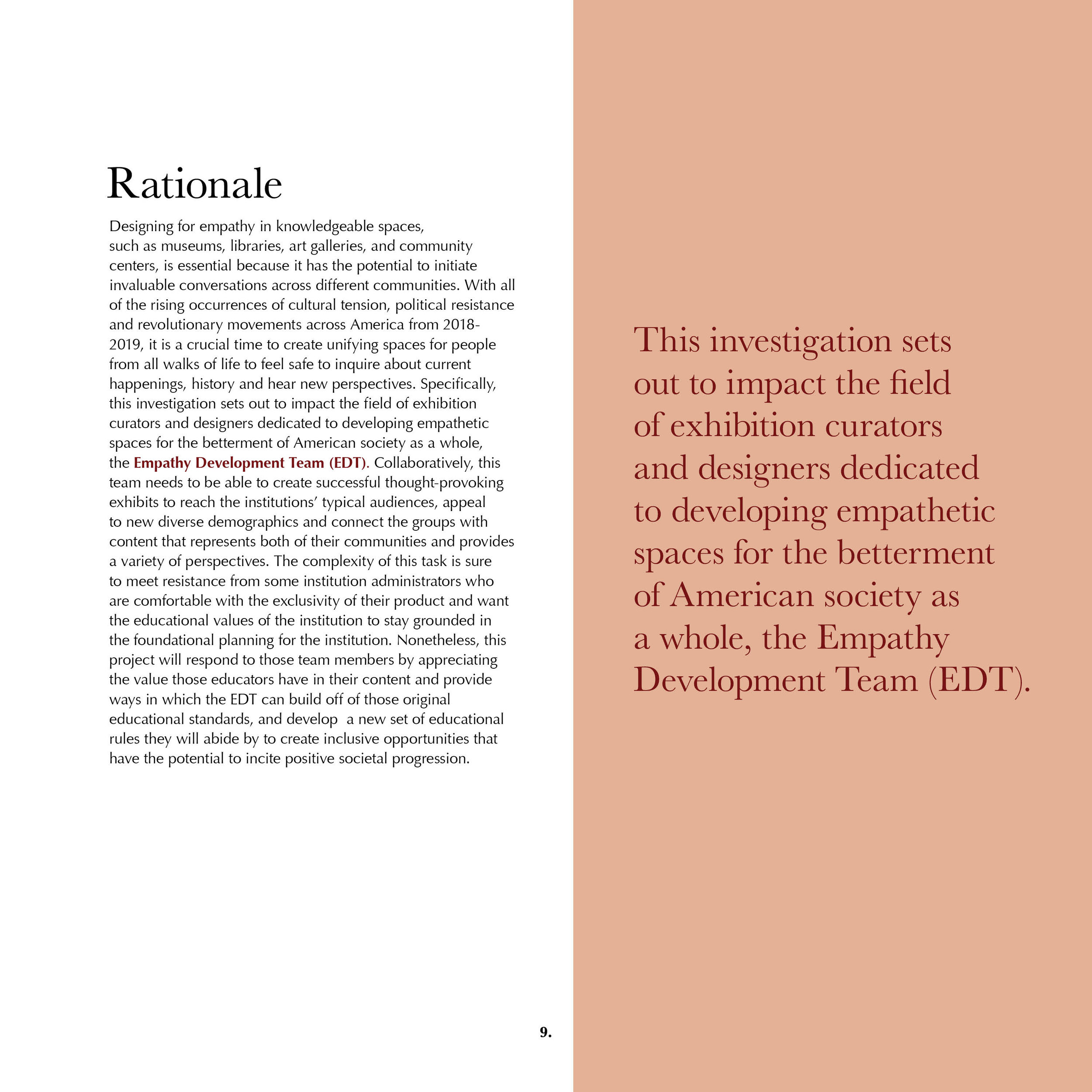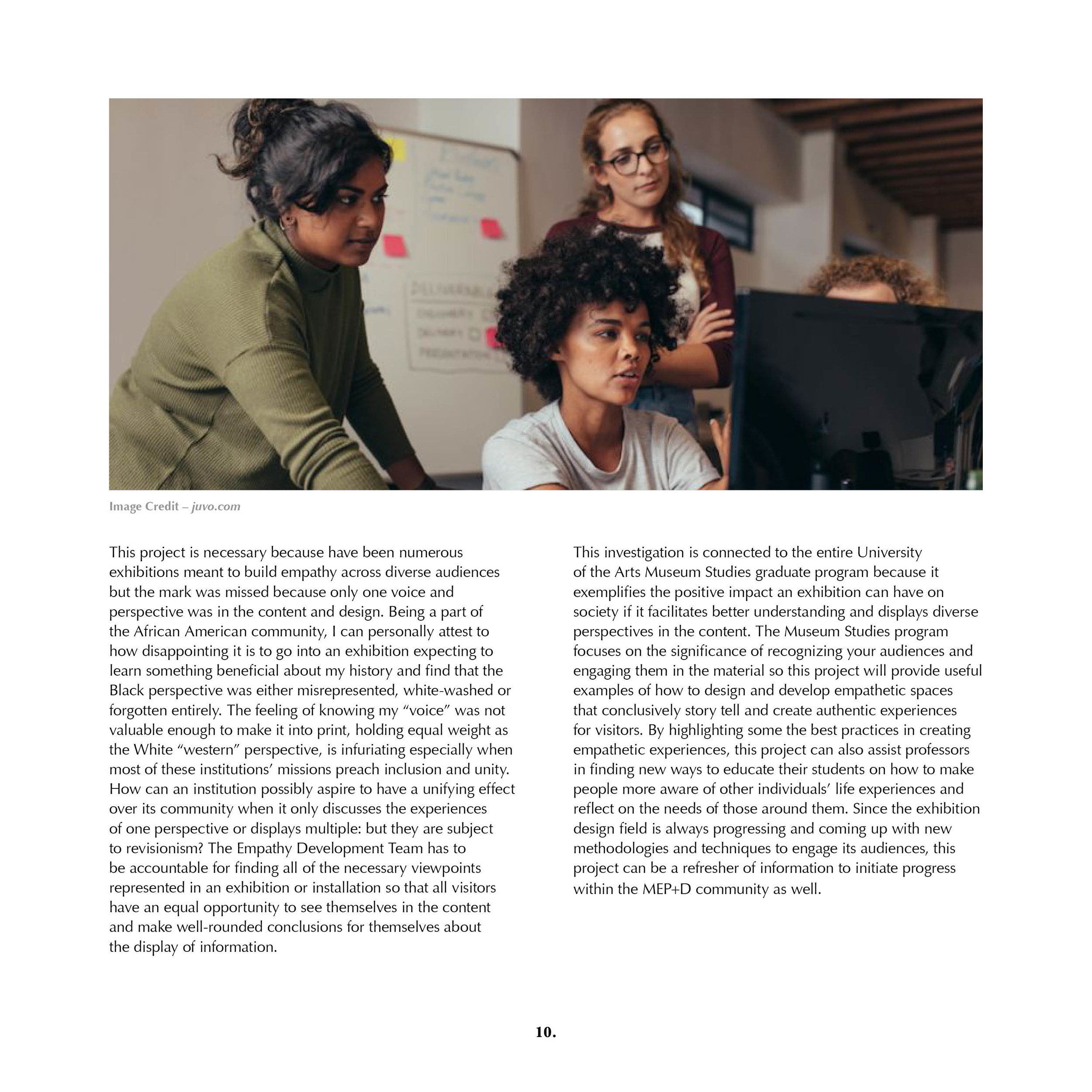Mockup Image - Rawpixel.com
Abstract –
Empathetic connections are lacking in most of the current structure of GLAM institutions. Galleries, libraries, archives, and museums are ideal places for cross-cultural and cross-generational interaction. When utilized correctly, they become spaces where visitors gain new perspectives and an understanding of those who are different than them. However, based on current research, many GLAM institutions are missing their mark to reach diverse audience groups authentically. Many people don’t trust museums and call them out for not taking on their roles as sites of social action seriously. This distrust is especially prevalent for communities of color who continue to state that they do not see themselves represented in exhibition content and design or museum staffing.
So, what can we do to fix this problem as exhibition curators and designers?
We can start by genuinely caring about the communities we are creating for, inviting them into the development process and collaborating with them as equals. There is no longer room for the top-down arrogant mentality that we as exhibit curators, and designers know what is best for the community to hear and learn. That kind of thinking does not sustain relationships that lead to reoccurring audiences and makes institutions unwelcoming and stagnant. It is time for a change, and insuring empathetic practices is a feasible solution.
Mockup Image - Rawpixel.com
This investigation sets out to impact the field of exhibition curators and designers dedicated to developing empathetic spaces for the betterment of American society as a whole, with the creation of the Empathy Development Team (EDT). A review of current empathetic development and exhibit design best practices informed this study and helped create EDT structure guidelines to make this intensely collaborative process easier to navigate. As proof of concept, an exhibition was developed and designed intending to establish an empathetic experience for the African Diasporic community around the subject of hair. Using summative evaluations and interactive responses, we have proven that creating an empathetic museum experience is possible.
Empathy Check is my academic venture to teach colleagues what I have learned about how to create empathetic experiences. This thesis can be utilized to ensure that museums have a more significant impact on our audiences.
Feel free to reach out to learn more about Empathy Check (and why it’s not a cliché).
Empathy Check Introduction –
© 2019 Victoria Edwards

